Tags: Solar Cycle
April 8 Total Solar Eclipse Brings Rare Celestial Spectacle Amidst Solar Cycle Peak
Solar Maximum May Have Already Started, But This Cannot Be Confirmed Until Solar Activity Calms Down Again

Solar Storms: Radio Blackouts Felt Over Pacific Ocean; Another Geomagnetic Storm May Hit Earth
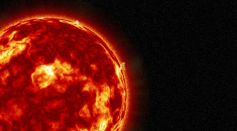
Aurora Alert? Intense X5-Class Solar Flare Bursted on New Year's Eve, Making It the Strongest in 6 Years
Solar Activity To Become Stronger As Sun Approaches Maximum Cycle; Northern Lights Will Be More Frequent in 2024

Centuries-Old Royal Chronicles From Korea Unveil the Mysterious Shortened Solar Cycles of the 'Maunder Minimum
NOAA Warns About Increasing Risk of Powerful X-Flares As We Near Peak of Sun’s Solar Cycle
Neptune’s Clouds Disappeared Based on 30-Year Data, Correlates With Solar Cycle
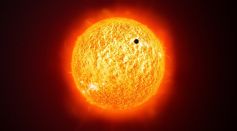
Monstrous Sunspot Unleashed the Carrington Event, History's Most Destructive Solar Storm
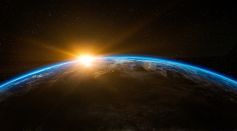
Solar Maximum Could Be Nearing as Series of Solar Storms Lead Earth's Thermosphere To Reach Peak Temperatures in 20 Years
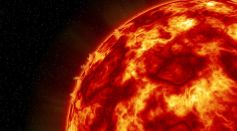
NASA's Parker Solar Probe Peers Into the Sun, Uncovers Source of Solar Wind
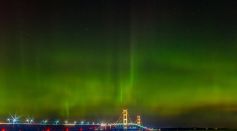
Northern Lights May Be Visible Again in Far South Just Weeks After the Last One; Here's How To Catch the Stunning Aurora This Week

Solar Eruption on the Sun's Far Side Was Powerful Enough For Earth To Pick Up Shockwaves

NASA Captured a Piece of Sun's Northern Pole Breaking Off, Leaving Scientists Baffled; How Could This Be Possible?
NASA's Parker Solar Probe Expected to Fly Through A Solar Flare: Will It Survive?
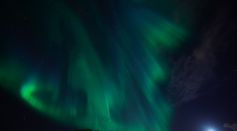
Major Solar Storm Hits Earth: Northern Lights Expected to Appear in Britain's Night Sky This Week
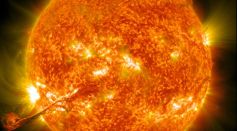
Intense Geomagnetic Storms Expected to Release 20 Solar Flares, More Radio Blackout
Solar Cycle: Scientists Spotted a New Sunspot on Sun's Surface that is Facing Away From Earth

Extreme Solar Activities Detected Through Tree-Ring Dating Back From 5,410 BCE
Solar Physicists Confirmed Planetary Hypothesis Through Sun's Clock
Most Popular

Largest Known Volcanic Aquifer Discovered Beneath Oregon's Cascades

New 'Supergiant' Sea Bug Found in South China Sea, Named After Darth Vader

Mediterranean Sea Was Refilled by a Catastrophic Flood Millions of Years Ago

Mysterious Cosmic Waves That Sound Like Birds Detected in Unexpected Space Region




